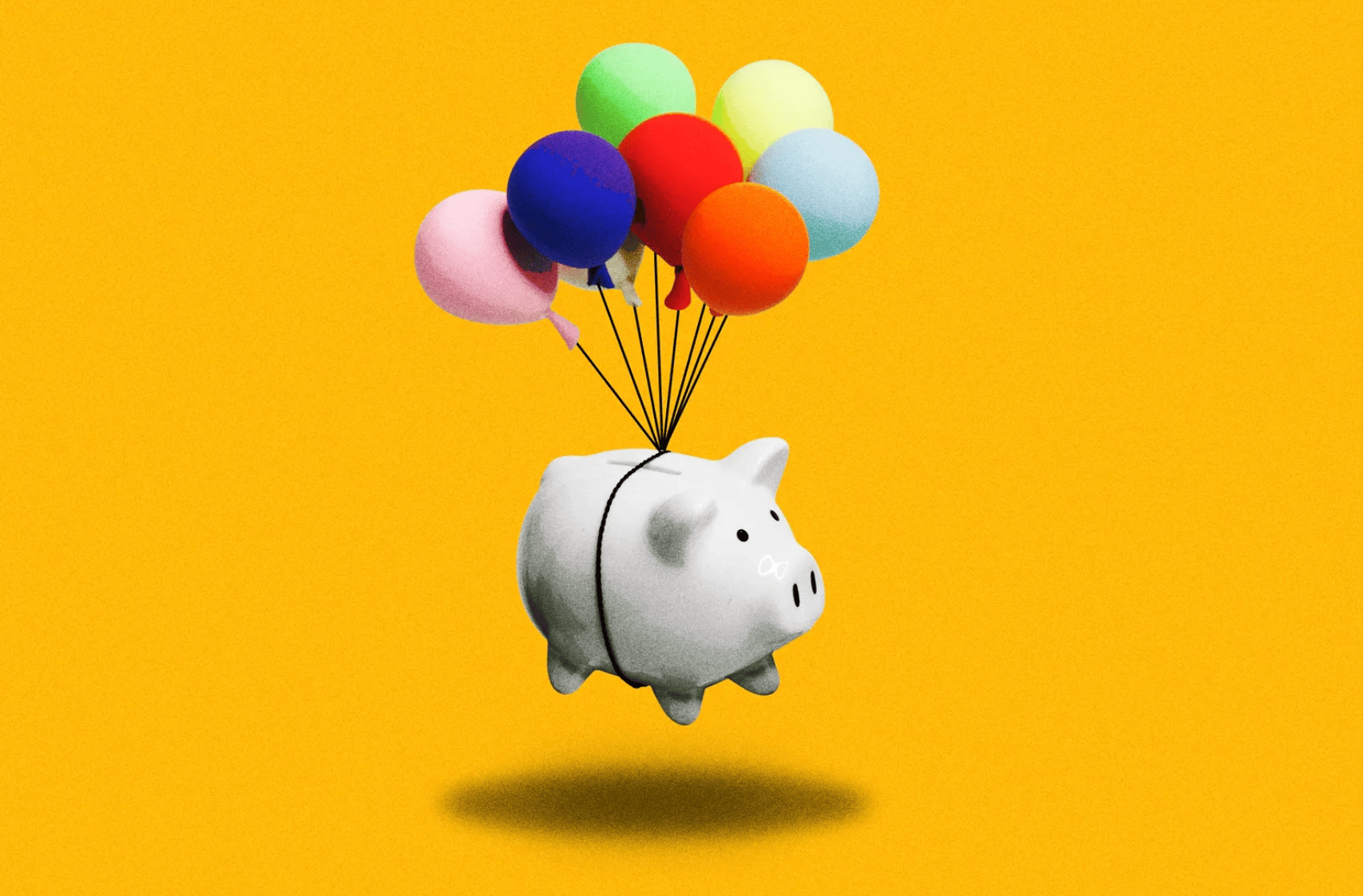- LSQ Newsletter
- Posts
- The Emotion Code: Why Feelings Supercharge Learning
The Emotion Code: Why Feelings Supercharge Learning
How emotion acts as the glue that makes memories unforgettable.
Hi, this is Ray.
I once learned the entire periodic table in a week.
Okay, “learned” might be a stretch. I memorized it for a test, aced it, and then promptly forgot every element except oxygen and pizza.
But ask me about the day I proposed to my wife, and I can tell you the exact song playing, what shirt I was wearing, and how sweaty my palms were.
The difference? Emotion.
Your brain doesn’t prioritize facts. It prioritizes feelings. And the science of learning says that’s exactly how it’s supposed to work.
Why Emotion Supercharges Memory
When you experience something emotionally charged, your amygdala, the brain’s emotional control center, lights up and signals the hippocampus, which handles memory.
A study from the University of California, Berkeley found that emotional arousal triggers the release of stress hormones like norepinephrine, which strengthen memory encoding.
That’s why you remember your first heartbreak more vividly than your first algebra equation.
Emotion tells your brain, “This matters. Don’t lose it.”
You don’t have to face debt alone.
Debt in America is at an all-time high, but there are more ways than ever to take control.
Whether you’re managing credit cards, personal loans, or medical bills, the right plan can help you lower payments and simplify your finances.
Money.com reviewed the nation’s top relief programs to help you compare trusted options and choose what fits your life.
You can start taking back control in only takes a few minutes.
The Science of “Emotional Tagging”
Every memory you make gets a chemical tag that determines how likely you are to recall it later.
Neutral moments fade. Emotional ones stick.
A study from the University of Toronto found that emotionally charged memories activate stronger neural pathways and resist forgetting longer.
This process is known as emotional tagging, and it’s one of the main reasons why storytelling, music, and humor make such powerful teaching tools.
If a fact connects to a feeling, it’s no longer just information. It’s experience.
Why Traditional Studying Often Fails
Most learning environments are emotionally flat. Rows of desks, monotone lectures, highlighters that promise focus but deliver none.
A study from Yale University found that boredom suppresses dopamine, the neurotransmitter responsible for motivation and learning.
In other words, your brain tunes out when it feels nothing.
That’s why “learning for the test” rarely leads to long-term retention. Without emotion, knowledge fades like chalk on a rainy sidewalk.
How to Use Emotion to Learn Better
You don’t need to cry through a textbook or watch sad movies while studying. You just need to bring emotion into the learning process intentionally.
Here’s how.
1. Tell Yourself a Story
Turn information into narrative. Instead of memorizing facts, connect them through cause and effect.
A study from Princeton University found that stories synchronize brain activity between speaker and listener, improving understanding and recall.
Stories turn knowledge into meaning.
2. Add Music or Movement
Pair concepts with songs or gestures.
A study from the University of Helsinki showed that music activates emotional networks that enhance memory consolidation.
Move your body, move your memory.
3. Use Humor and Surprise
Laughter releases dopamine, which improves retention.
A study from the University of Southern California found that humor makes content up to 40 percent more memorable.
If it makes you laugh, you’ll remember it longer.
4. Create Stakes
Set goals that matter. Public challenges, accountability partners, or rewards make learning emotionally relevant.
A study from Stanford University found that personal relevance increases motivation and long-term retention.
When you care, your brain pays attention.
5. Reflect on How You Feel
Don’t just track what you learn. Track how you felt while learning it.
A study from Harvard University showed that reflection enhances performance and helps link emotional context to factual knowledge.
Awareness turns emotion into understanding.
My Experiment: The Emotional Notebook
A few years ago, I started writing short reflections at the end of every workday: what I learned, what frustrated me, and what excited me.
After a few months, I noticed a pattern. The lessons tied to strong emotions: excitement, pride, embarrassment… were the ones I still remembered weeks later.
The flat, emotionless stuff disappeared into the void of “I think I read that once.”
The takeaway was simple: my brain doesn’t archive data. It archives drama.
Why Emotional Learning Builds Empathy Too
Here’s the unexpected bonus: learning with emotion doesn’t just make you smarter. It makes you more empathetic.
A study from the University of Cambridge found that emotional engagement activates the same neural networks involved in empathy and social connection.
That means when you feel while you learn, you also strengthen your ability to connect with others.
Emotion teaches understanding, not just knowledge.
The Bigger Lesson: Feel It to Learn It
The next time you sit down to learn something, ask yourself: how can I make this matter to me?
Add curiosity. Add humor. Add stakes. Add feeling.
Because your brain doesn’t remember what’s logical. It remembers what’s alive.
Stay curious,
Ray

